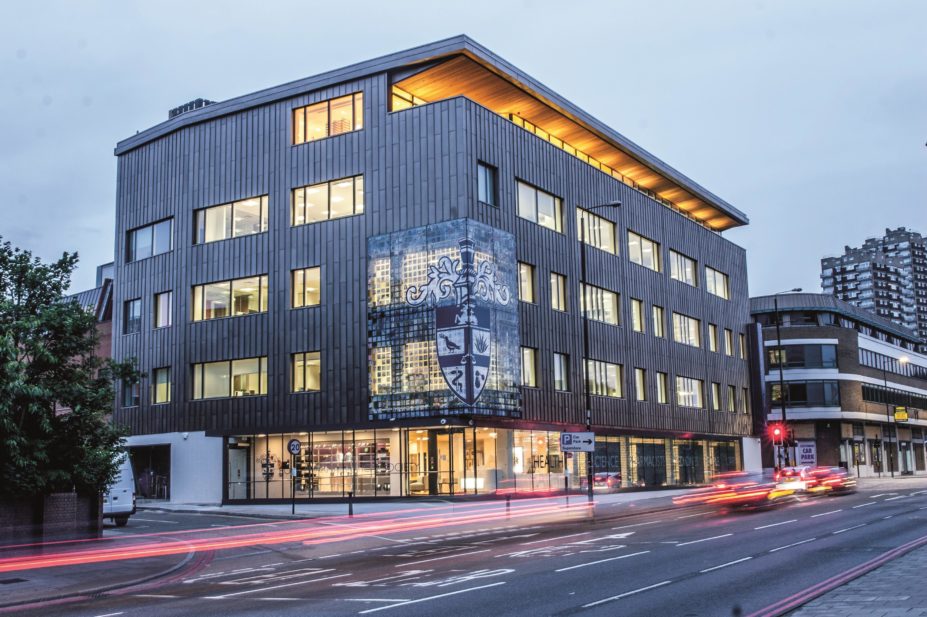
The Pharmaceutical Journal
The Royal Pharmaceutical Society has reported a median hourly gender pay gap of 13.1% as of April 2019 — a 12.6 percentage point increase on its April 2018 median hourly pay gap of 0.5%.
The April 2019 mean hourly pay gap was 19.1%, compared with 14.8% the previous year.
The RPS said that while the increase is “disappointing”, one factor was that senior, highly paid female employees had left the Society in 2018. It notes that these positions were either not replaced, or were replaced at an interim level, when the calculation was made.
Helen Gray, head of people at the RPS, said the Society was “working hard to understand the reasons for our pay gap and improve this”.
“I do feel more assured that we’ve made a number of senior female appointments this year and I’m hopeful that with the steps that we’ve taken, we will be looking better next year,” she added.
The median pay gap is considered to be more representative than the mean — and is the average value preferred by the Office for National Statistics — because the mean can be skewed by a small number of very high or low earners. The national median gender pay gap reported for 2019 is 17.9%.
Gray told The Pharmaceutical Journal that a range of steps were being taken to address the RPS’s gap, including analysis of roles that make the greatest difference.
“As good practice, we go through each and every role in the organisation to assess them against external and internal salary benchmark,” she said.
“We’ve done that on a role basis already — and it’s an iterative process — but we want to look at it through the context of gender as well”.
The RPS has also equalised maternity, paternity and adoption leave pay. “We introduced that at the beginning of [2019],” Gray said.
“Not many organisations are doing it at the moment, but I think it’s really important to level the playing field. Statutory paternity amounts are very low: we’re doing what we can to make a difference. Three people have taken it up so far, and we expect more later this year.”
Since April 2017, companies with more than 250 employees have been required to publish their gender pay gap. With around 220 employees, the RPS is not bound by this legislation, but it has “decided to publish it because we want to be an inclusive and fair place to work where our employees can reach their full potential”.
- This article was corrected on 8 October 2019 to clarify that the 2018 median gender pay gap was 0.5%, 12.6 percentage points lower then the 2019 median gender pay gap of 13.1%

